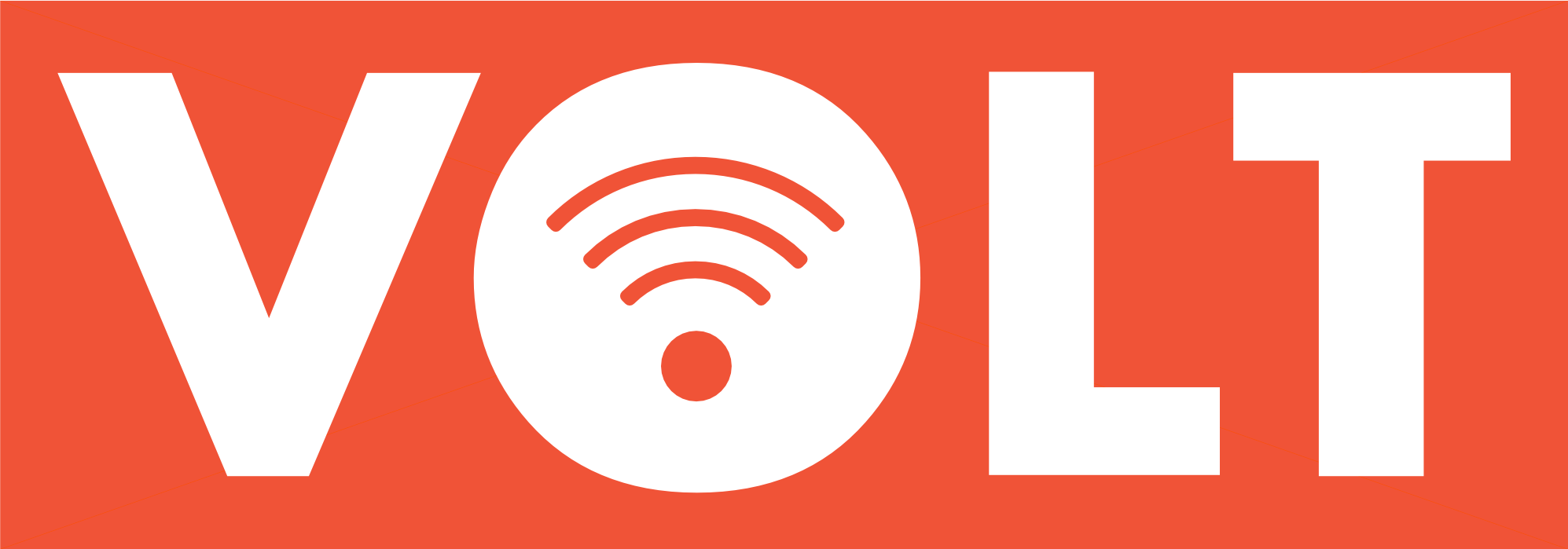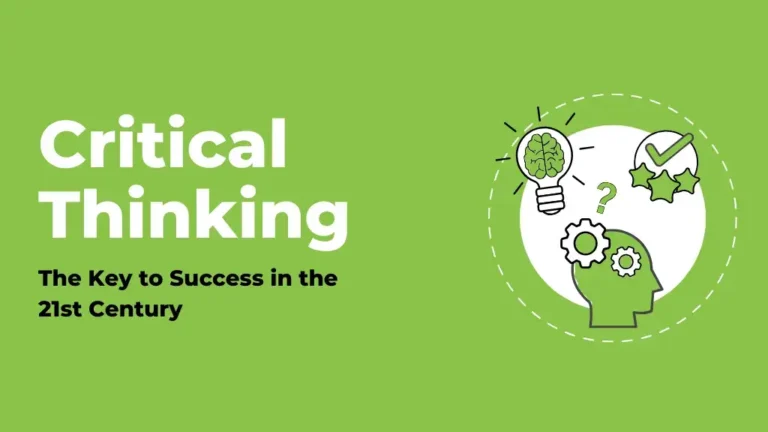Mirror, Mirror in the Class
25 Reflective Questions Every Teacher Should Ask
- Teaching
- August 2, 2025
- VOLT Learning

Excellent teaching truly changes the classroom atmosphere, turning it into a lively and welcoming space where students love to learn. When teachers stimulate a sense of exploration among kids, there comes self-confidence, and engaging learning experiences that fuel both academic success and personal growth of students.
The essence of an exceptional teaching experience lies in approaching students with a profound sense of responsibility and an openness to learn from one’s own mistakes. A teacher with this mindset is the heartbeat of effective learning. If you’re eager to embrace the journey of self-improvement and self-awareness, and you find yourself asking, “How can I become a better teacher?”, begin with self-analysis. Through honest reflection on your teaching approach, you set the foundation for your growth, enhancing not only your students’ learning outcomes but also inspiring them to adopt a mindset of lifelong learning. By modelling curiosity and openness to development, you cultivate a classroom culture where both teachers and students continually strive to learn, adapt, and excel together.
Let’s take a closer look at how reflective teaching transforms responsibility into action. At the same time, ensuring educators grow alongside their students and set a powerful example of curiosity and resilience.
Why Reflective Teaching Matters?
Reflective teaching can be explained as the act of pausing to question: What worked? What didn’t? How can I reach every student? Research shows that teachers who engage in structured reflection improve student outcomes significantly compared to those who don’t. More importantly, when teachers engage in reflective teaching as a practical approach, they witness higher job satisfaction, reduced burnout, and renewed passion for their profession.
Adoption of reflective teaching helps educators to ride on the path of continuous growth by letting them identify shortcomings and practice self-assessment after gaining clarity on roadblockers holding them back from being the best version of themselves. Here’s how this process works and why it’s transformative:
1. Uncovering blind spots via intentional self-awareness
In the popular Reflective teaching, educators take a pause and ask critical questions like, “Did every student feel included today?” or “What assumptions did I make about their understanding?” Such questions help them gain insights into overlooked students with specific learning needs, and reflection helps pinpoint what didn’t work—maybe the pacing was off or the activity lacked relevance, providing clarity on why.
2. Developing a growth mindset
“How can I become a better teacher every day?” and “How can I evolve my practice to meet student needs more effectively?” These questions reflect the heart of a growth mindset—a belief that your abilities and effectiveness as an educator can continually improve through effort and learning. Embracing a growth mindset encourages you to see challenges and setbacks not as failures, but as opportunities for growth. It empowers you to celebrate small wins, persist through difficulties, and actively seek feedback.
3. Building Resilience and Adaptability
Teaching is unpredictable; a teacher must always be open to unexpected questions, shifts in student dynamics, or a lack of engagement from students. Reflective teaching equips educators to adapt by analysing what went wrong and why.
What Is Your Biggest Barrier To Reflection?
25 Reflective Questions Every Teacher Must Ask
Self-reflection is the cornerstone of personal and professional growth, especially for teachers, whose influence shapes not just their own journey, but the futures of hundreds, even thousands, of students. When educators commit to continuous self-improvement, they create ripples of positive change throughout their classrooms and beyond. To support your journey, we’ve curated 25 GOLDEN Questions of reflection, each paired with powerful insights, designed to catalyse meaningful transformation in your teaching practice and inspire lasting impact.
Focus: Learning
1. What went well in today’s lesson?
Identify those specific moments when students were engaged. It could be a lively discussion, a class project, or a field trip for practical exposure. Recognising what worked will surely help you deliver more effective teaching sessions to the students as an educator while improving consistency in student engagement.
2. If I could teach this lesson again tomorrow, what’s one thing I’d change?
It is better to pinpoint one specific adjustment, such as more precise instructions, better pacing, or engaging activities, to improve student understanding. Such a focused reflection will help you make immediate and manageable improvements without feeling overwhelmed.
3. Did my students actually meet the learning objective I set?
Did students grasp the concept? You need to examine concrete proof of student understanding. Look at their work samples, listen to their explanations, observe their problem-solving processes, or review their answers to key questions. Identify whether your instruction was unclear or expectations were unrealistic.
4. Do I need to review or reteach any content based on today’s assessments?
If assessments show gaps, don’t rush forward. Reflect on which concepts need revisiting, maybe through a mini-lesson or different approach, to ensure all students master the material before moving on.
5. Did every student make some form of progress today?
Progress varies; some grasp concepts, others gain confidence. Reflect on academic or social-emotional learning, such as a shy student speaking up, to ensure every learner moves forward by tailoring support to their unique needs.
6. Do my students have the background knowledge needed for this content?
Lessons fail if prior knowledge is assumed. Reflect on gaps revealed by confusion or questions. Use pre-assessments or quick reviews to build a foundation, ensuring students are ready for new material.
Focus: Assessment and Feedback
7. Do I have clear criteria (like a rubric) that students understand?
Transparent criteria, like rubrics, boost performance. Did students know expectations? Reflect on sharing clear, accessible standards to empower students, ensuring they understand how to succeed and receive meaningful feedback.
8. Does my assessment measure the learning objective I set?
Ensure that your tests and quizzes focus on the material you’ve actually taught, rather than just the grades. Take a moment to reflect and identify if your assessment really evaluates students’ analytical skills, or just their ability to recall facts. This kind of alignment ensures your evaluations are meaningful and directly connected to your lesson’s goals.
9. How does this assessment align with curriculum standards?
As an educator, it is your responsibility to connect your present learning goals to the bigger picture. This will help you ensure your assessments match the scope and expectations set by the curriculum. It is always good to balance an alignment between scope and expectations so that students can stay on track and are ready for what’s coming next.
Focus: Classroom and Teaching Strategies
10. Do I need to adjust my lesson plan on the fly? What prompted that change?
Flexibility is key to success, especially in critical circumstances. Oftentimes, as a teacher, you have to deal with unexpected student reactions, technological malfunctions, or disengagement as the topic is not resonating as expected. By being positive towards prompt adjustments, you can make the classroom engaging and cleverly deviate from the original lesson plan to avoid more student disengagement.
11. What teaching strategies did I use today, and how effective were they?
Did lectures, group work, or visuals engage this class? Reflect on what clicked or flopped to match strategies to your students’ unique dynamics, ensuring methods spark curiosity and drive learning forward.
12. How would I describe student behaviour today?
Beyond “good” or “bad,” note patterns—restlessness or focus. Were students chatty or distracted? Reflecting on specific behaviours helps you identify triggers and adjust teaching or management to create a productive classroom.
13. What might have influenced the behaviours I observed today?
Consider external factors, such as weather, school events, or personal stressors, that affect student mood. Reflecting on these helps you empathise and adjust, such as by adding breaks or calming activities, to create a focused and supportive learning environment.
14. What classroom management strategies did I employ, and how well did they work?
Did clear routines or positive reinforcement keep things smooth? Reflect on what prevented disruptions or didn’t. Strengthen effective strategies, like signals for attention, to build a calm, engaged classroom culture.
Focus: Professional Growth
15. What’s one teaching skill I’d like to develop further?
Identify a skill, like questioning or time management, to improve. Honest reflection pinpoints growth areas, guiding you to seek training or practice, making you a more effective, confident teacher over time.
16. Where can I find fresh ideas and inspiration for my teaching?
Seek new ideas from teacher webinars, workshops, teacher forums, or social media like Instagram or Pinterest. Reflect on sources that fuel creativity, ensuring your teaching stays dynamic, engaging, and aligned with innovative practices.
17. What’s something I need to work on more consistently in my practice?
Pinpoint an area, such as giving feedback or engaging shy students, that needs focus. Reflect on consistent effort to improve, setting small, intentional steps to strengthen your practice and student outcomes.
18. How am I staying current with educational research and best practices?
Teaching evolves constantly. Reflect on how you engage with journals, webinars, or colleague discussions to stay informed, ensuring your methods reflect the latest research for maximum classroom impact.
To further support your professional growth, consider participating in VOLT webinars for teachers. The VOLT Evolve initiative offers powerful NEP-aligned workshops led by industry experts, designed to elevate your skills and expand your pedagogical toolkit. Each session also provides a certificate of participation, adding value to your professional journey and fostering a culture of lifelong learning among educators.
19. What feedback have I received recently, and how can I apply it?
Feedback from students, colleagues, or evaluations is gold. Reflect on recent input—like improving clarity—and plan specific actions to apply it, turning insights into growth for better teaching.
Focus: Relationships and Community
20. How did I build relationships with students today?
Small actions—like greeting students by name or asking about their day—build trust. Reflect on specific efforts to connect, ensuring every student feels valued and motivated to engage in learning.
21. Which students did I connect with today, and who might I have missed?
You can’t reach everyone daily, but awareness matters. Reflect on who you connected with and who needs attention, planning intentional interactions to ensure all students feel seen and supported.
22. How did I contribute to our classroom community today?
Community grows through deliberate acts—like group activities or shared goals. Reflect on how your choices fostered belonging, ensuring a classroom where students feel safe, valued, and eager to collaborate.
23. Did I provide opportunities for student choice and voice in today’s learning?
Choice boosts engagement. Did students pick projects or share opinions? Consider offering options, such as topic selection or discussion roles, to empower students and foster ownership of their learning.
Focus: Self-Care and Sustainability
24. What have I done recently to maintain my enthusiasm for teaching?
Passion fuels great teaching. Reflect on activities—like hobbies or professional wins—that keep you energised. Prioritising joy ensures you bring enthusiasm to the classroom, inspiring students daily.
25. How am I taking care of myself, and what boundaries do I need?
Teaching demands energy. Reflect on self-care—like rest or saying no to extra tasks—and set boundaries to stay healthy, ensuring you’re at your best to support students effectively.
How can I become a good teacher using Reflective Teaching as a weapon?
You don’t need to ask yourself every question every day; that would create analysis paralysis, not growth. Instead, choose 2-3 questions that slice directly into your current struggles or amplify your emerging strengths. Maybe you dissect learning-centred questions one week and relationship dynamics the next.
The key isn’t perfection but making sure you achieve maximum precision levels. Even five minutes of honest reflection on one meaningful question can demolish years of ineffective patterns and rebuild them into student success systems.
The journey of becoming the best teacher isn’t about reaching a destination—it’s about falling in love with the process of perpetual transformation. Reflective teaching is your scalpel for cutting away what doesn’t serve students and your blueprint for building what does.
Remember, the best teacher in any school isn’t the one with perfect lessons—it’s the one who never stops perfecting their practice. Ready to take your teaching to the next level? Check out our upcoming VOLT webinars for teachers and sign up to stay in the loop! By registering, you’ll get regular updates packed with valuable tips and fresh inspiration. Don’t miss out—join our learning community today!
Share On:



